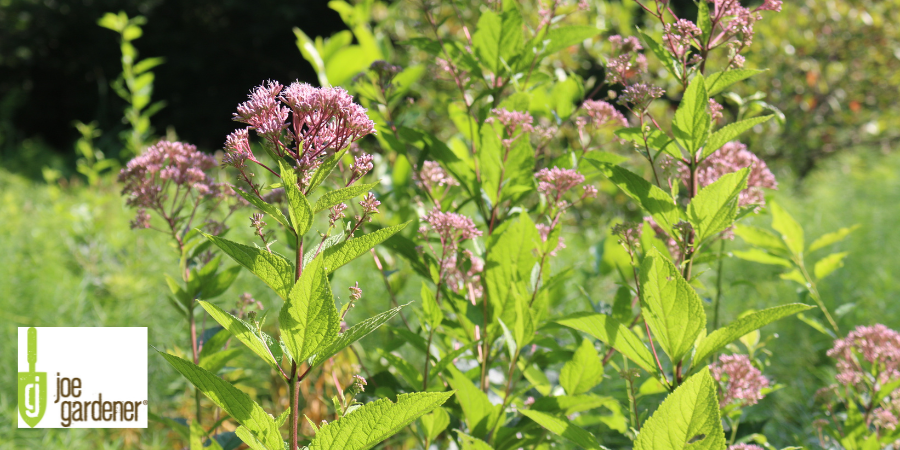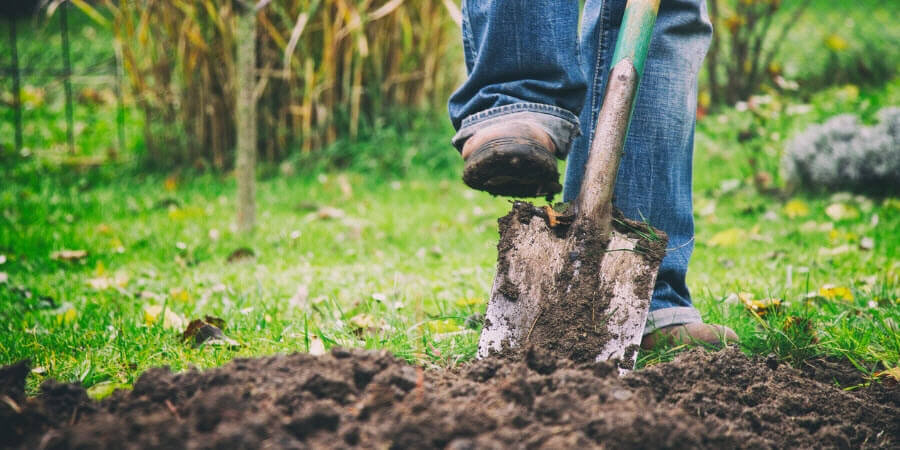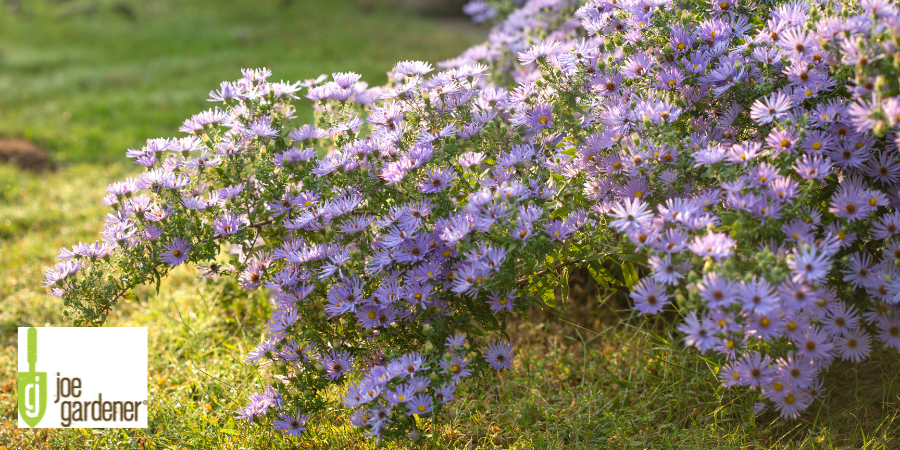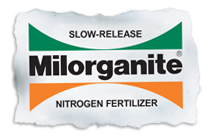Why Your Lawn Should Go Native: A Guide to Eco-Friendly Landscaping
- Gardening Expert and Host of Growing a Greener World®August 16, 2025
In the context of a home landscape, going native means replacing some or all of your traditional turf with plants that naturally occur in your region. These plants have adapted over time to local soil, rainfall, and climate, making them more resilient and providing significant ecological value to birds, pollinators, and other wildlife. They also require fewer inputs, which means less water, no chemicals, and less maintenance over the long run.

Pollinator on GoldenRod
Making this change is one of the most powerful ways to create a healthier, more sustainable yard. But it is not always met with enthusiasm. In neighborhoods with strict Homeowners Associations, a natural yard can sometimes be viewed as messy or unkempt. And in truth, that can happen when native landscaping is installed without a clear design or ongoing upkeep. The key is to plan a space that looks intentional while delivering ecological benefits. (More tips on that further below.)
Why Make the Change
A traditional lawn demands a lot to look its best: regular watering, frequent mowing, fertilizer, and weed control, while offering little food or shelter for wildlife. Ecological landscaping turns that equation around. Once established, native plants typically thrive with minimal watering and little to no use of pesticides or synthetic fertilizers. Deep root systems improve soil structure and help rain soak in rather than run off into storm drains.

Indian Blanket
Native plants also provide critical resources for pollinators, birds, and beneficial insects throughout the year. Spring blooms offer nectar for emerging pollinators, summer flowers support hummingbirds and butterflies, and fall seed heads provide food for migrating birds. Even in winter, dormant plants provide shelter for overwintering insects and seeds for foraging wildlife.
Once established, a native landscape can save both time and money by reducing the need for mowing, watering, and chemical inputs.
Designing a Native Landscape That Looks Maintained
One of the easiest and most important steps is defining clear, crisp borders around planting areas. A clean edge tells the eye this is a deliberate design choice, not an overgrown patch. Mulch is another tool that creates a polished look while also suppressing weeds and conserving moisture, and improving the soil.
Thoughtful plant placement also matters. Arrange plants in layers, with taller species in the back, mid-sized plants in the middle, and shorter varieties up front. Grouping plants in clusters or drifts adds visual unity and makes the design easier to read from a distance.
Aim for year-round interest by selecting plants that bloom in different seasons. Add native grasses and shrubs for structure, texture, and color and contrast during the winter months. Pathways, small seating areas, or focal points, such as birdbaths or decorative boulders, give the space structure and make it feel intentional.

Joe-Pye Weed
Finally, consider signage. A small sign that reads “Certified Wildlife Habitat” or “Pollinator Garden” helps passersby understand the purpose of your planting and shifts the narrative from “messy” to “meaningful.” And it might even prompt curious neighbors to want to learn more.
Tips for HOA Areas
If you live in a neighborhood with an HOA, review your covenants before making changes. Some associations have plant height limits or require specific plant lists. You may find it easier to start small by converting a highly visible section to showcase the attractiveness of native plants.
Choosing native cultivars (native plant species bred for specific desirable traits), such as more compact or formal shapes, can help alleviate concerns about neatness. Share your design and plant list with your HOA before you plant, and keep your garden in top shape by controlling weeds and maintaining clean edges. This proactive approach builds trust and demonstrates that a native garden can be both beautiful and well-managed.
Getting Started on Native Landscaping
Begin by assessing your site. Take note of the sunny and shady parts of your yard, as well as the general timing and duration throughout the day. It’s also helpful to know how water drains and the condition of your soil. Research native plants that thrive in your region, focusing on a mix that will provide blooms and interest across the seasons. And consider the appropriateness for your site. Right plant, right place is the key to a plant’s ability to look its best. A great place to start on making plant choices is your state native plant society. There you will find helpful information on the best native plants for your area, along with care and maintenance, and much more.

When you are ready to replace some of your turf, consider doing it in phases. You can use sheet mulching, sod removal, or solarization, depending on the size of the area and your timeline. Time your planting for fall or early spring to give plants the best chance to establish strong roots. Even drought-tolerant natives need regular watering during their first growing season, so plan for that initial care.
Sourcing Plants and Seeds
Thankfully, sourcing native plants and seeds is easier than ever. Every reputable organization or company will have an online presence. Again, your state native plant society is a great place to start. Regionally adapted plants and seeds may provide the added benefit of local resilience.

Purple Aster
While seeds are the cheapest short-term option, they may not be your best long-term play. Native seeds often take a long time to germinate and then establish. Another option that won’t break the bank is plant plugs. Plugs are small seedlings that the grower has already sprouted and grown to a size ready for planting. Oftentimes, they are sold in 50-cell plug trays. The benefit to you is small plants ready to go in the ground, quick establishment, and often able to flower in the first season. Don’t feel the need to buy larger plants. You’ll pay significantly more, and it’s a misconception that larger plants will produce bigger and better results quickly. Quite often, it’s the smaller plugs that can establish and grow faster, quickly catching up to larger plants in the first season.
A Win for You and the Environment
Replacing part of your lawn with native plants is not about letting things grow wild. It is about creating a landscape that works for you, in harmony with nature, rather than against it. Done thoughtfully, it can meet HOA guidelines, look polished, and provide critical resources for the pollinators, birds, and other wildlife that depend on our gardens, now more than ever.
Start with a plan, keep it maintained, and your native landscape can be both a neighborhood asset and a vibrant, living ecosystem.

